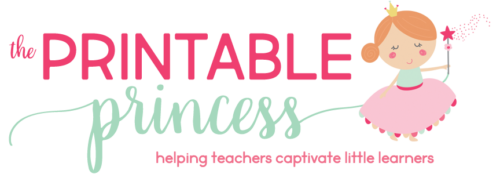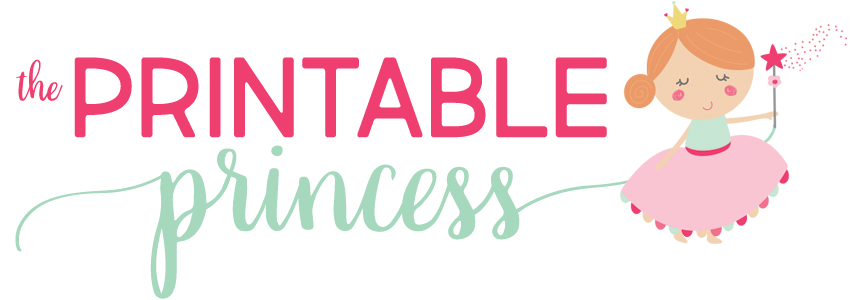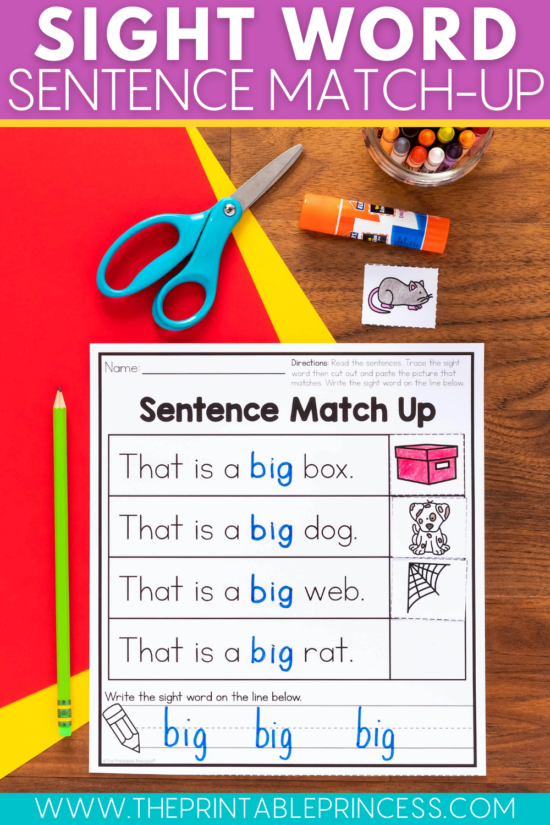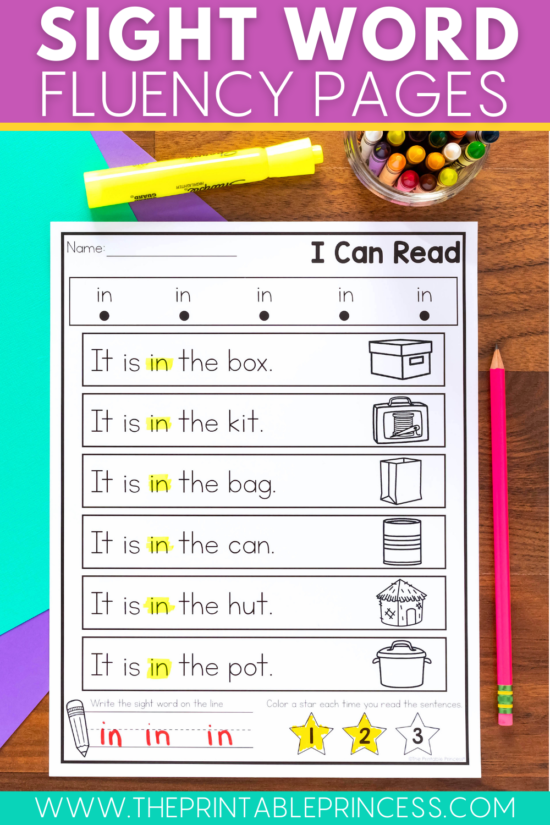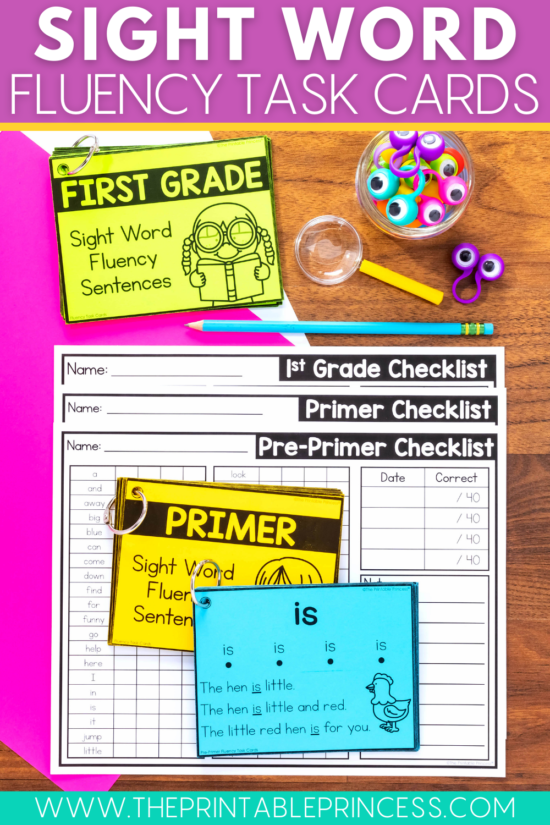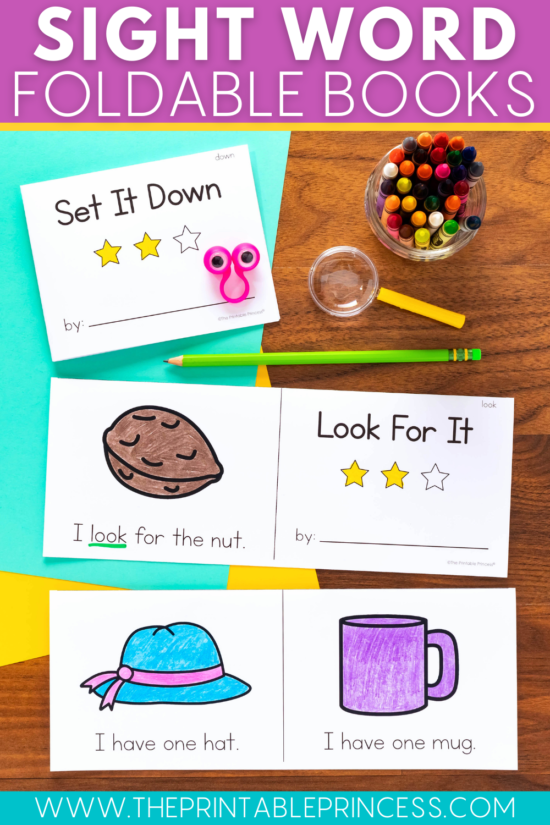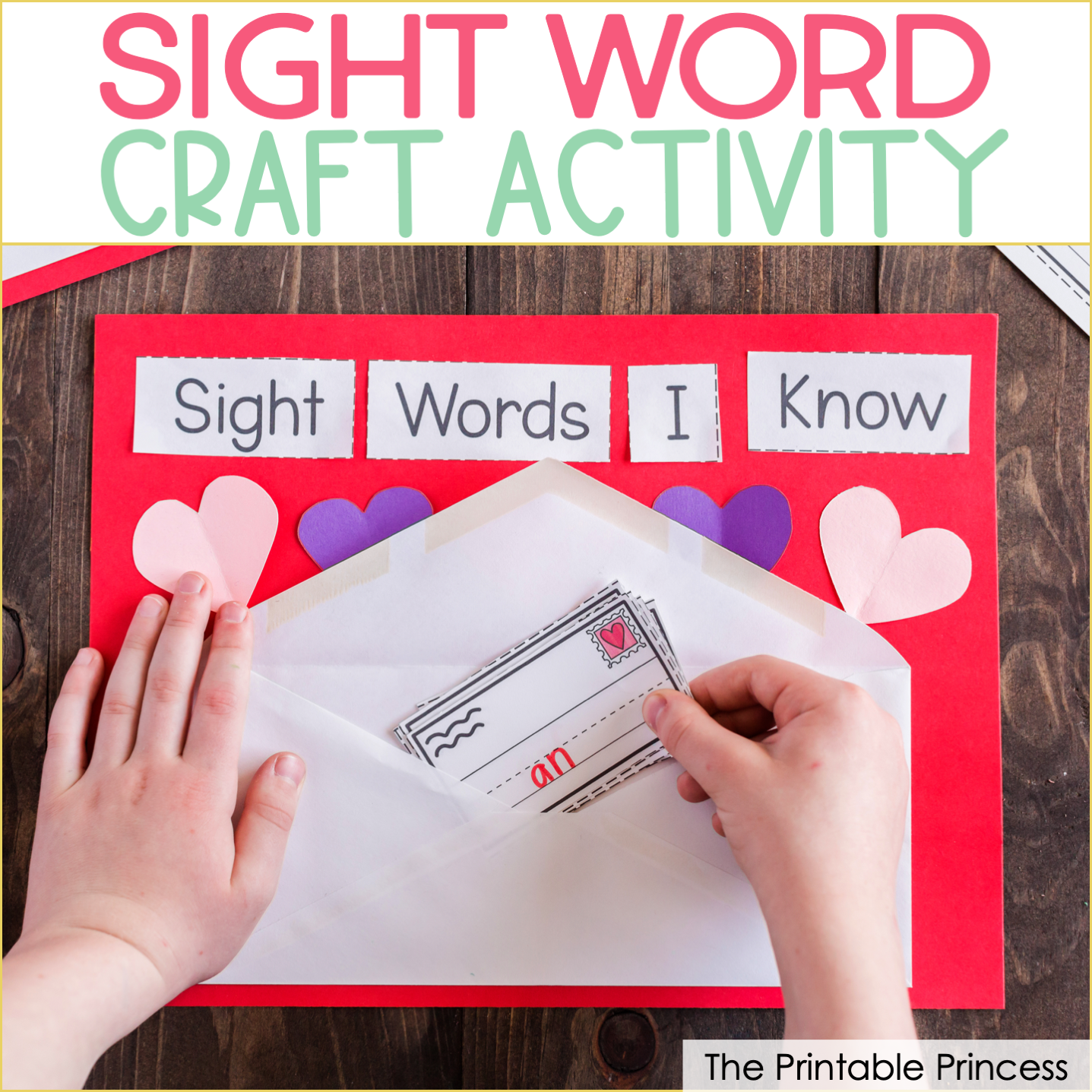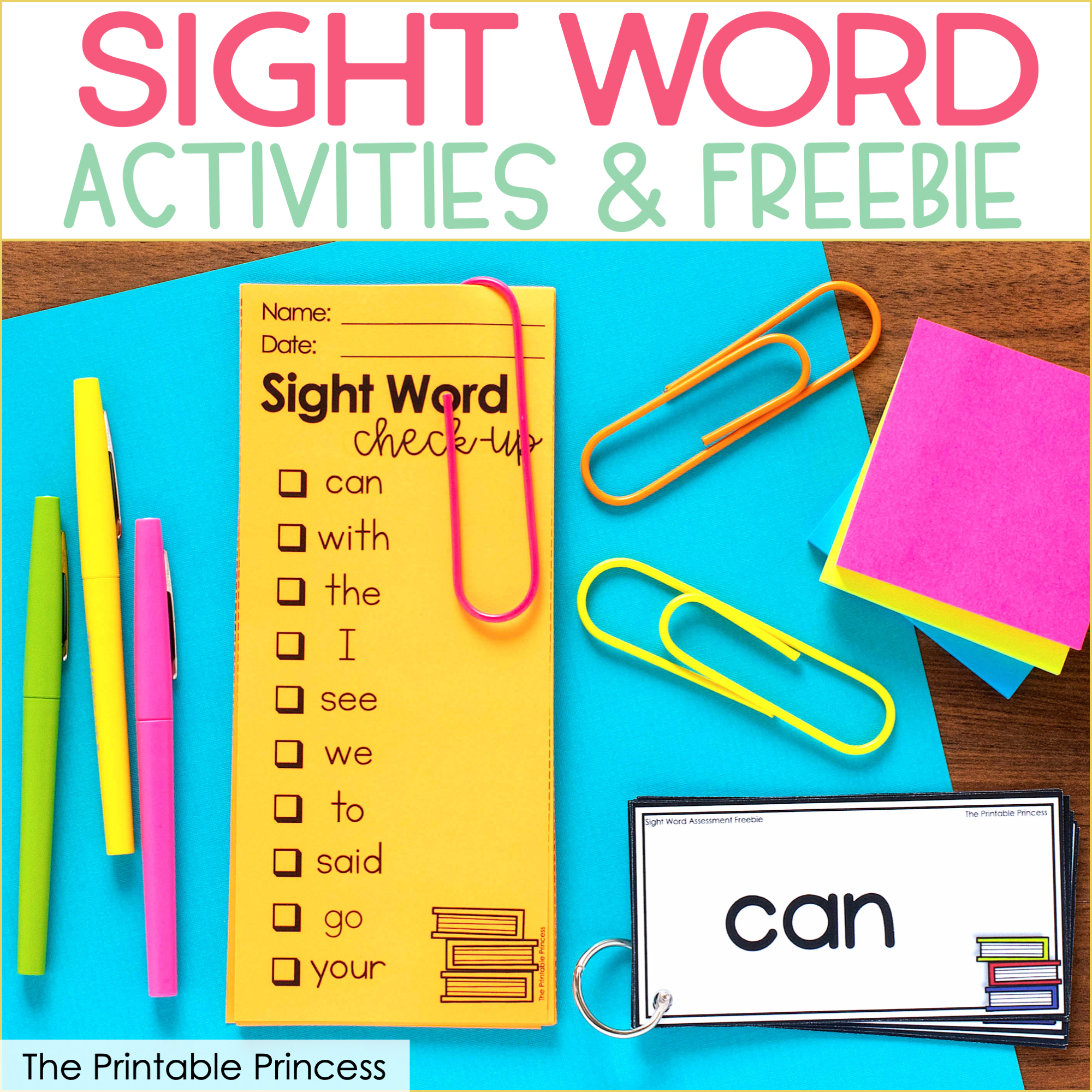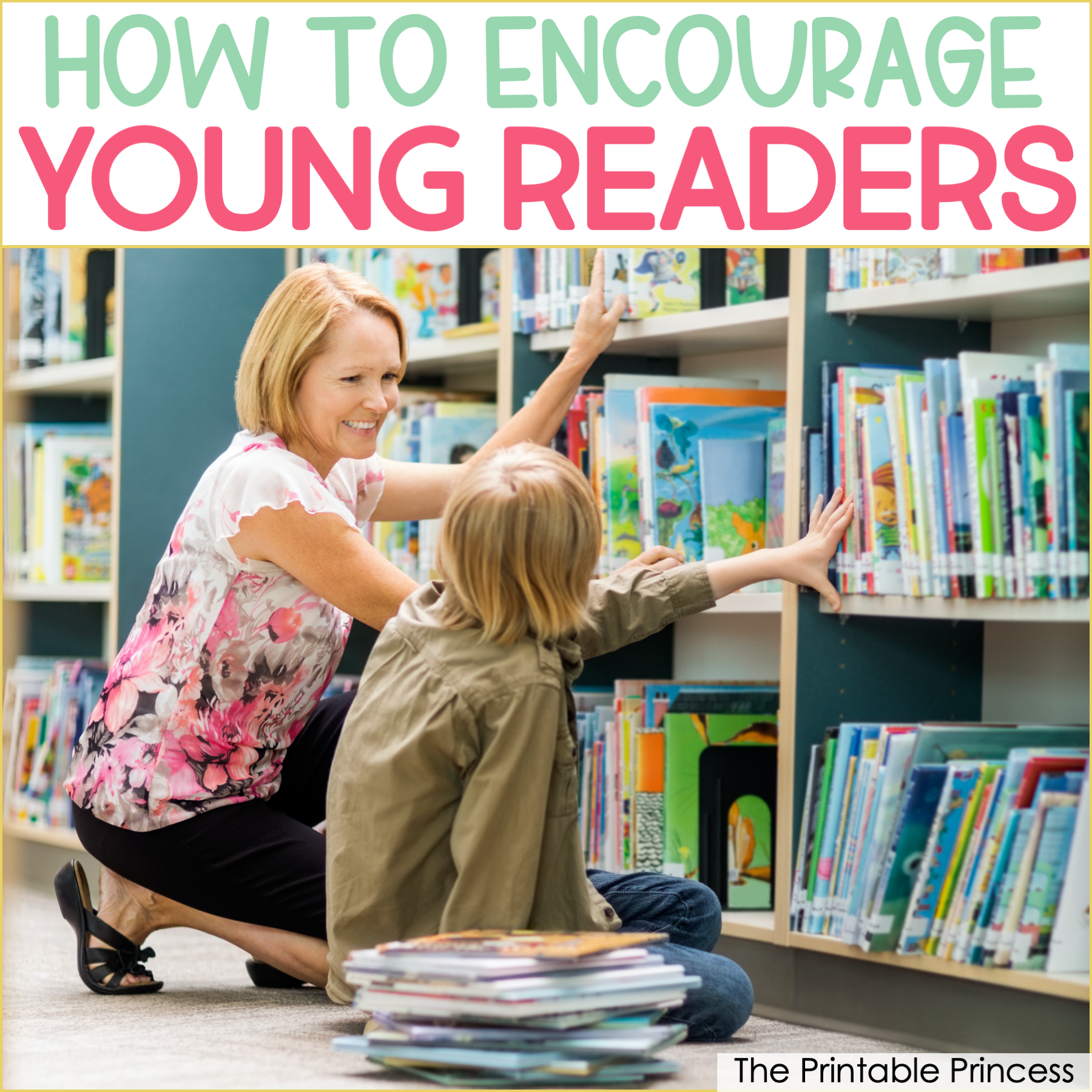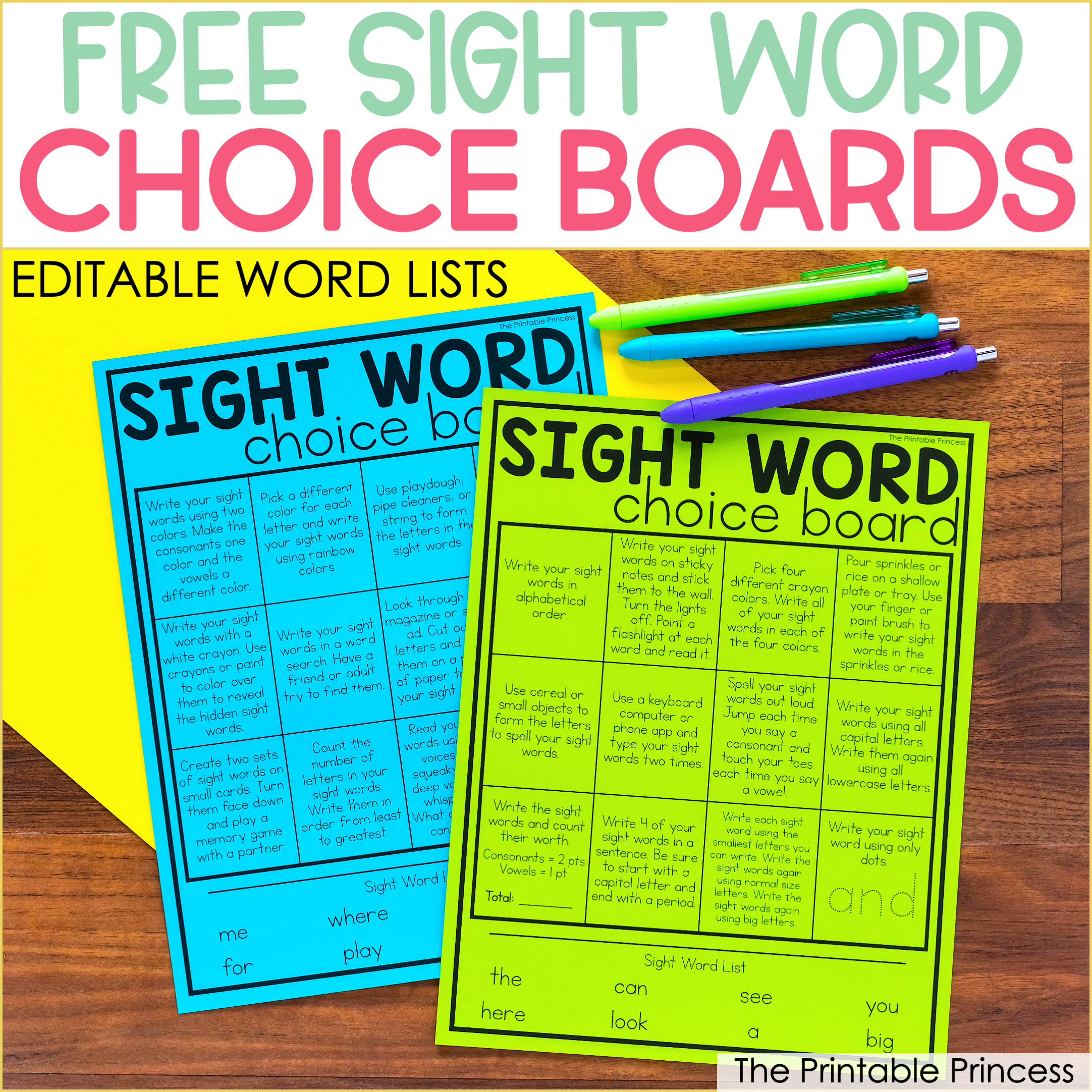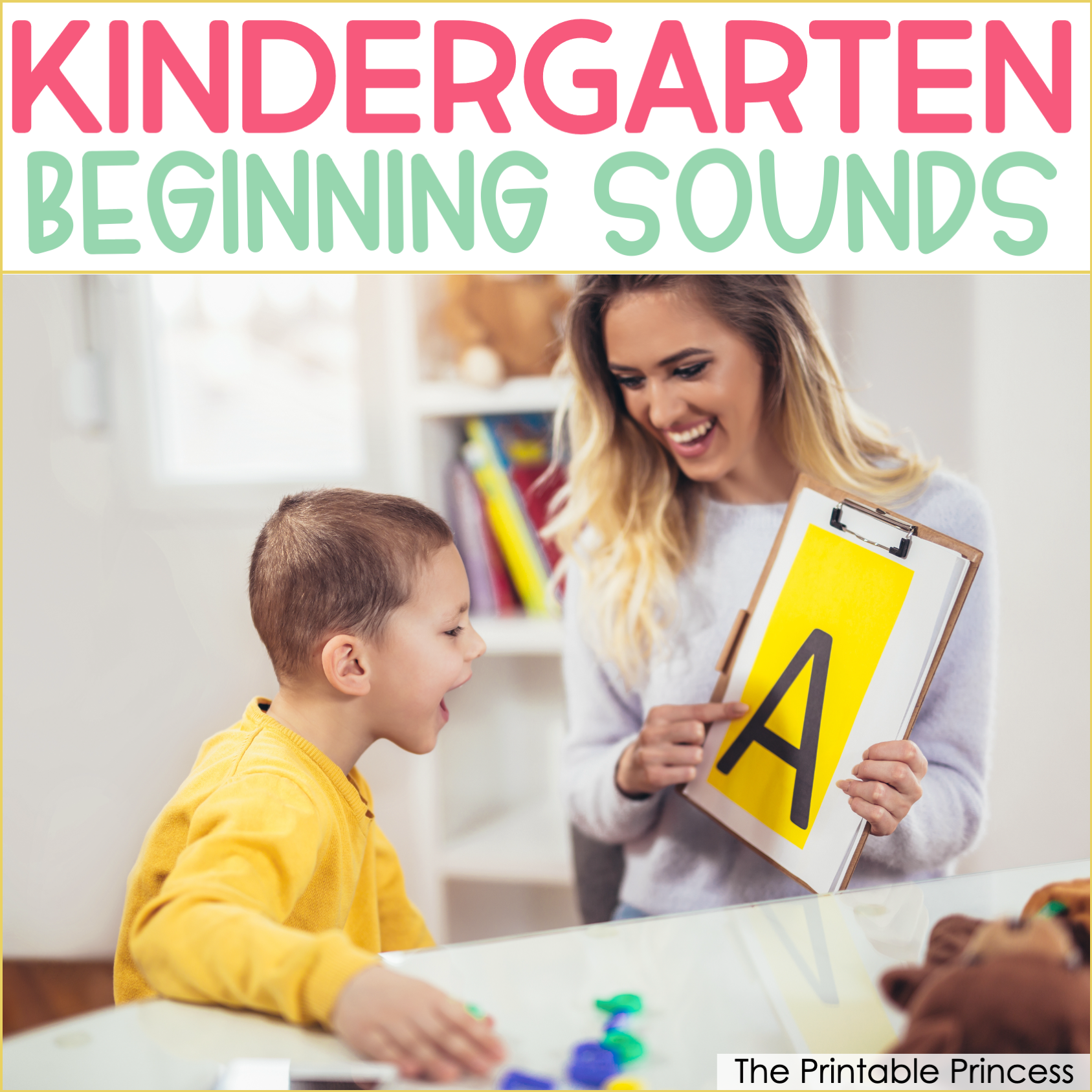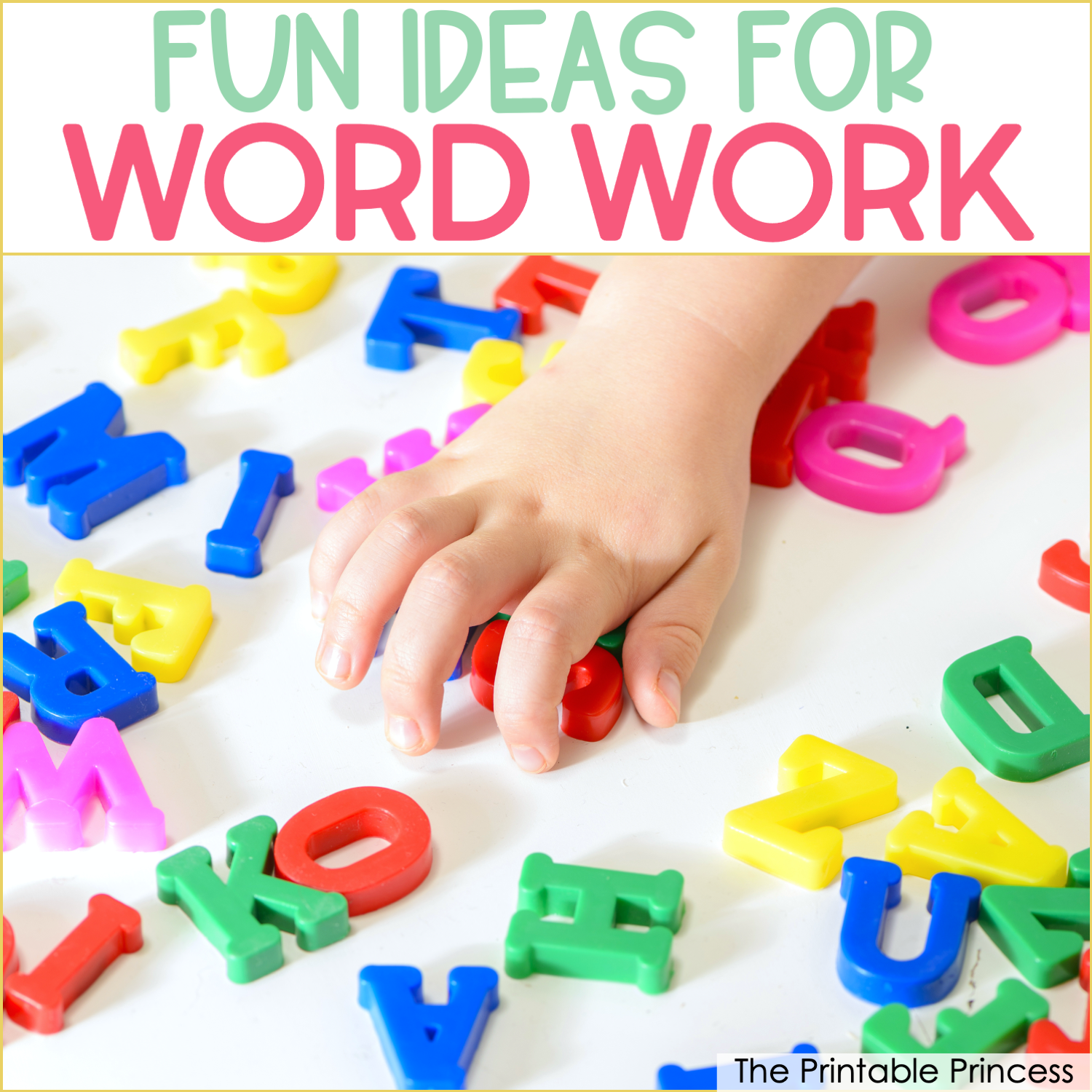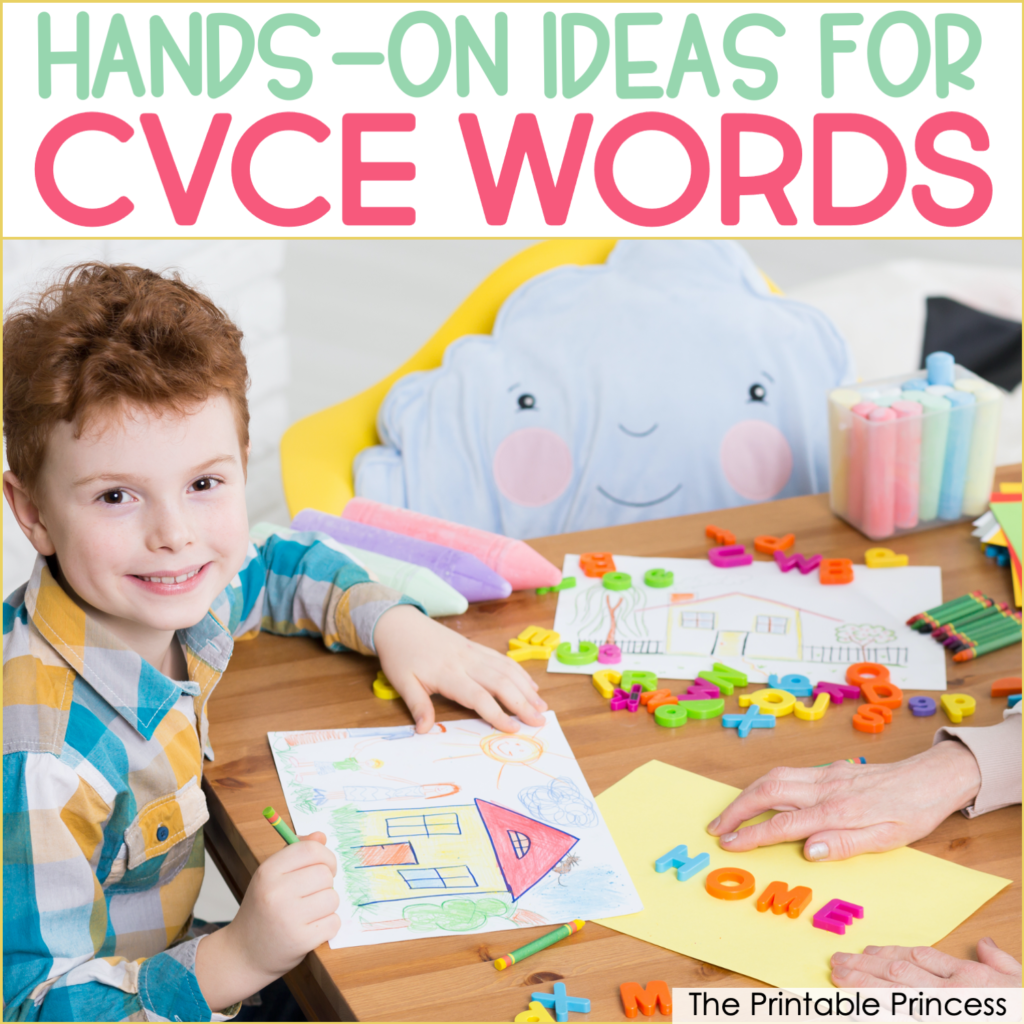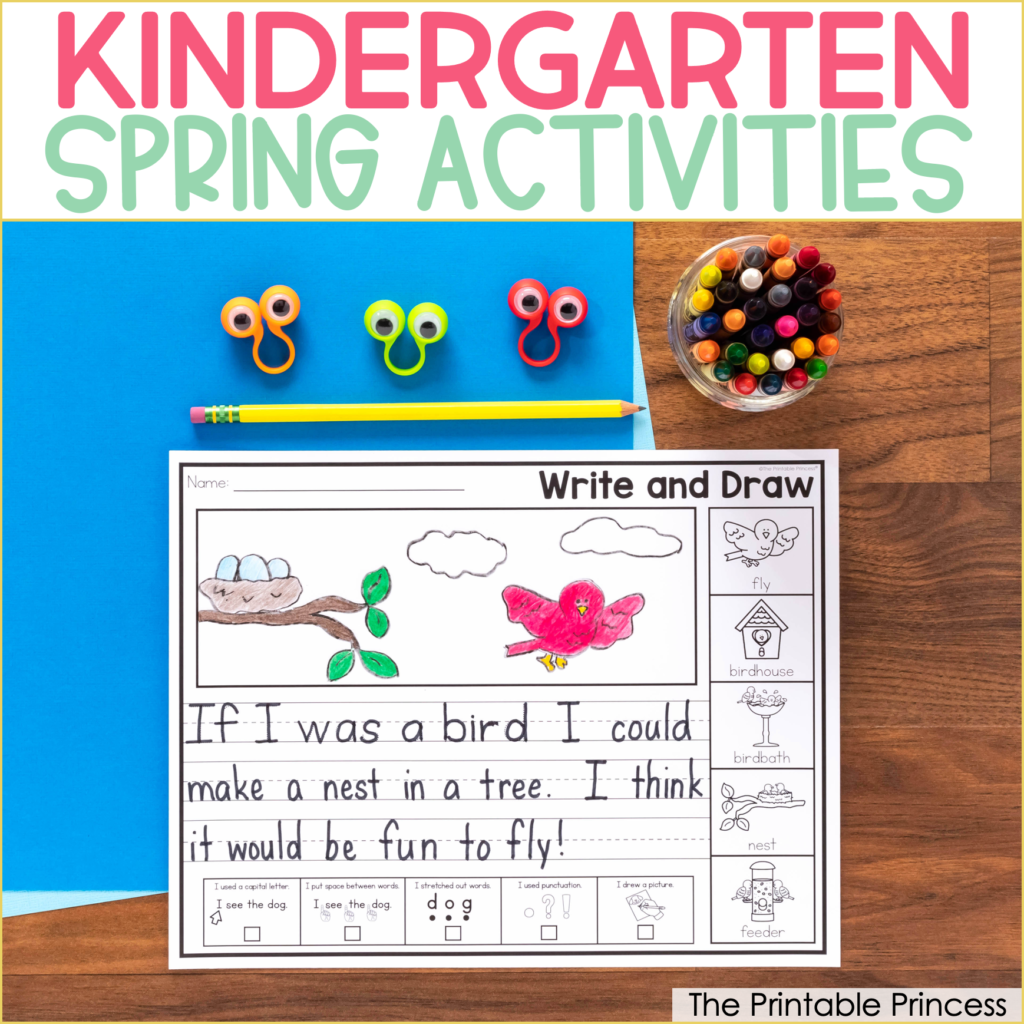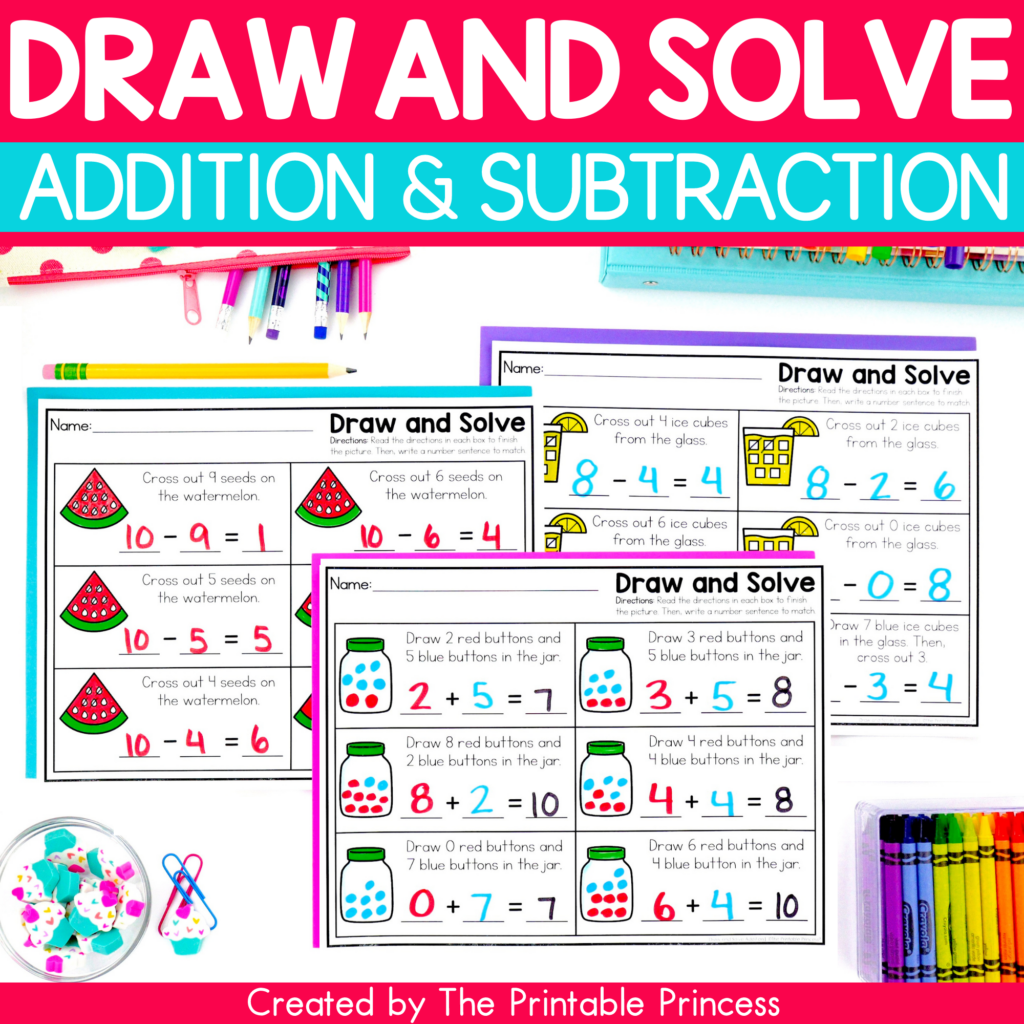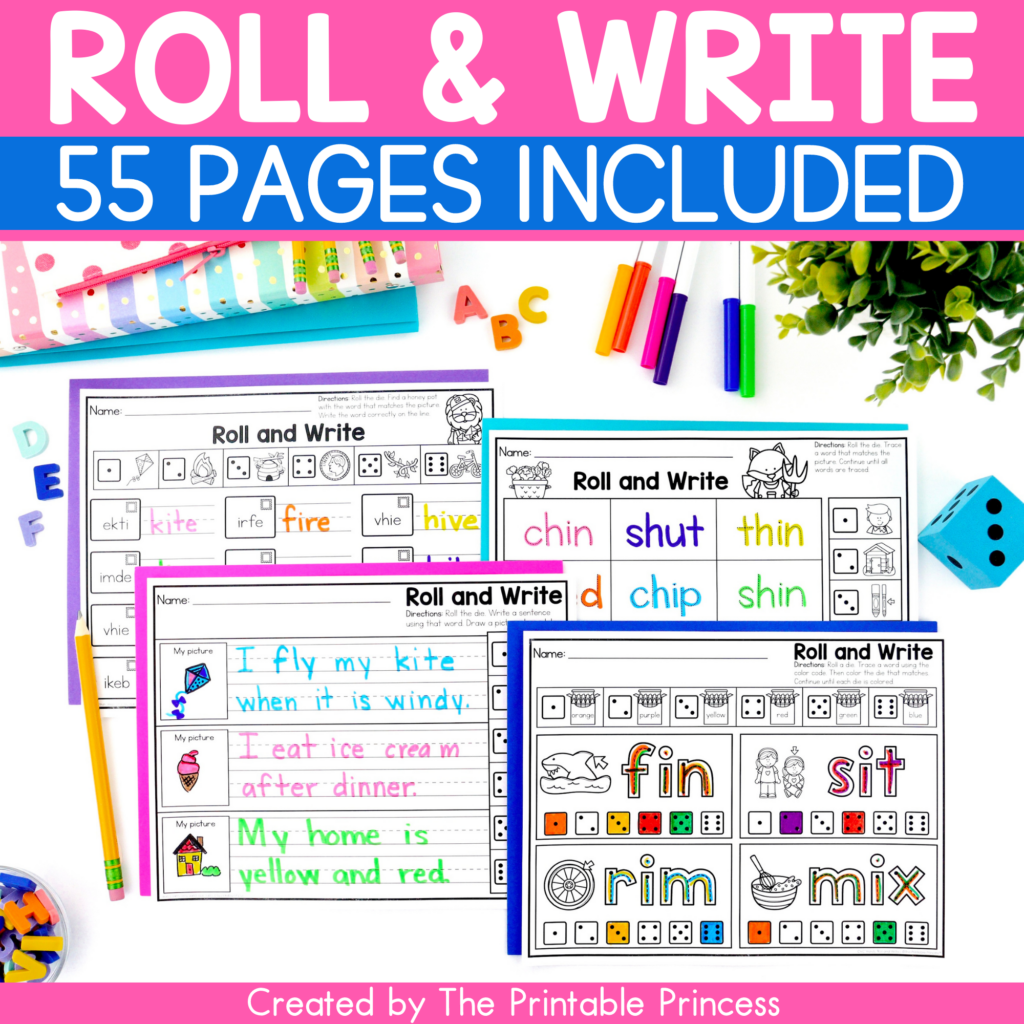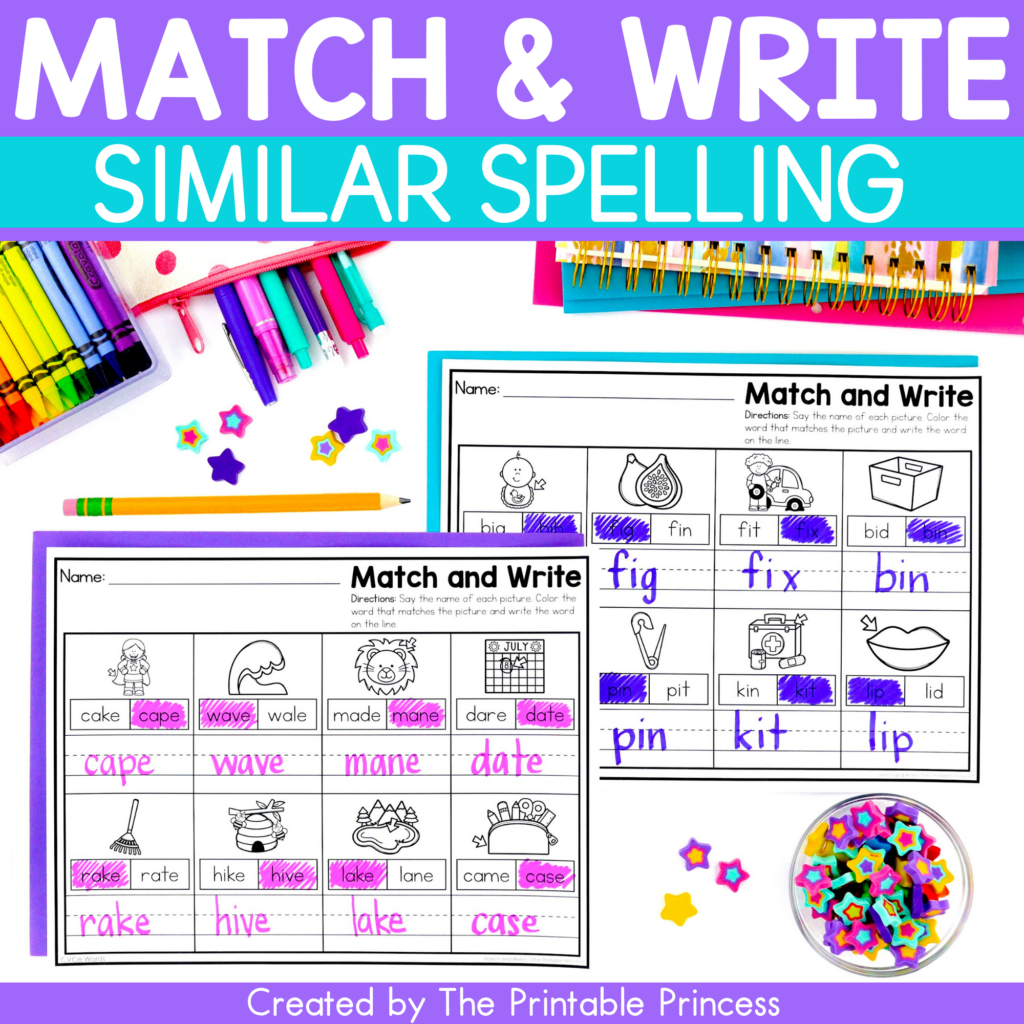Strategies for Teaching Sight Words in Context
Sight word recognition is a critical element of early literacy. Every teacher has a list of sight words they are expected to teach their students. But what happens when your students just aren't mastering them? It can be frustrating, but with these strategies for teaching sight words in context, you can go into each day feeling confident about teaching sight words, especially to your struggling students.
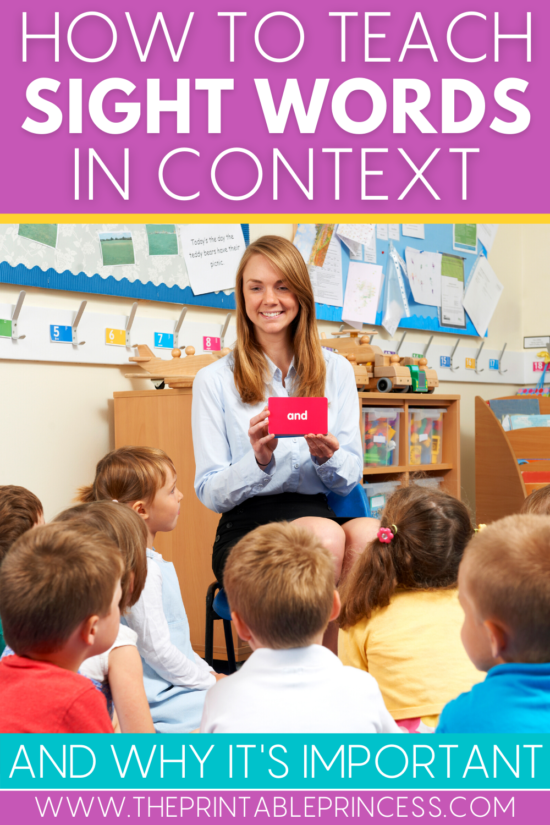
Why Is It Important To Teach Sight Words?
Did you know that sight words make up close to 75% of all words in early children's reading materials? It's no wonder we focus on teaching sight words so diligently. You can read more about what sight words are and why they're important in this blog post.
As students are able to identify and read sight words, they are better equipped to recognize sight words in the real world, such as on a stop sign, by pressing a help button, or understanding when it is time to slow down.
Sight words are everywhere in our schools, communities, online, and in the text of books and materials. By helping students master their sight words in context, they'll be able to focus more on applying phonemic awareness skills to decode words. Therefore, they'll become more fluent readers and will in turn be able to improve their reading comprehension.
When it comes to strategies for teaching sight words in context, repetition and practicing in various ways is key. Students learn in different ways and through different senses and learning styles. It's important to understand how each of your students learn. This will help you provide opportunities for them to master sight words in the way that works best for them.
Teaching Sight Words in Context
It is extremely important to introduce and practice recognizing sight words in context.
Picture this…you're handed a whacky looking kitchen gadget that looks like it fell straight out of outer space. You have no clue what it's purpose is and are asked to use it correctly. You sit there, dazed and confused, wondering if you should get out the apples or the avocados. What's this thing for anyway?
It's not until you see the packaging that you realize it's actually the newest gadget for slicing potatoes. (Yay for homemade french fries!) Without the context of the packaging, all you had was a crazy gadget that looked like it fell out of a spaceship.
It's just like this for students with sight words. You can use flash cards and isolated sight word activities all day long, but until they see the words used in context, they won't really understand the purpose of sight words. They'll be thinking to themselves, “why does my teacher flash these same words at me every single day?”
When you work on sight words in context, students will begin to understand their purpose. They'll begin to hear and see them used often. They'll soon realize how much sight words are found in reading and in the world around them.
Use a highlighter.
Giving young children a highlighter is like dropping a piece of bacon in front of a dog…they get so excited! Use that to your advantage (and to the advantage of your students' sight word recognition). Use highlighters to find sight words hidden in context.
Not only does this strategy for teaching sight words in context help students identify and pick out sight words in sentences and stories, but it also helps them see how much sight words really are used in day to day life.
Fill in the blank.
Another strategy for teaching sight words in context is to have students use sight word flashcards to fill in the blank in simple sentences. Use sentence strips or write simple sentences on the whiteboard. Have students choose the sight word flashcard that makes sense and fill in the missing word.
This strategy works in 2 ways. Students are identifying the sight word as they choose the flashcard. They are also using it in context to complete the sentence.
Use predictable sentences.
Additionally, you can use predictable sentences to help students with sight word fluency. This time, write a predictable sentence, such as, “I like__.” Students will take turns filling in the blank with a word that completes the sentence. If you have picture cards with your ELA curriculum, students can choose picture cards to fill in the predictable sentences.
If you don't have picture cards or you want another option for helping students improve fluency with predictable sentences, these sight word fluency pages give students multiple opportunities to practice and include pictures to help them read the CVC words in the sentences.
Sight word fluency cards.
Another great way to practice sight word fluency is with sight word fluency task cards. You can make your own task cards by writing simple sight word sentences on notecards and attaching them to a ring. Students can easily grab the ring and practice reading the sentences fluently. You can also use leveled sight word fluency task cards along with corresponding data sheets to progress monitor all year long.
Read sight word books.
One of the most effective strategies for teaching sight words in context is to read sight word books. These should be developmentally appropriate for your students. They'll gain more exposure to the sight word and how it is used in context with other words in stories.
You can use the leveled readers provided in your ELA curriculum or you can use printable sight word books that students can highlight, color, and practice reading at school and at home.
Sight word hunt.
Break out your magnifying glasses because your little sight word detectives are going to have a blast with this sight word activity. Give students various magazines (kid-appropriate of course) and have them search for and highlight sight words that they find. If you do have magnifying glasses, you can show them how to scan the pages from left to right and top to bottom to find sight words.
I hope these strategies for teaching sight words in context have given you new ideas and confidence heading into sight word instruction and helping those students that struggle with sight words. If you like any of the resources included in this blog post, check out my No Prep Sight Word Bundle where you can find them all.
Let me know in the comments below what strategy for teaching sight words in context you're going to apply first!

